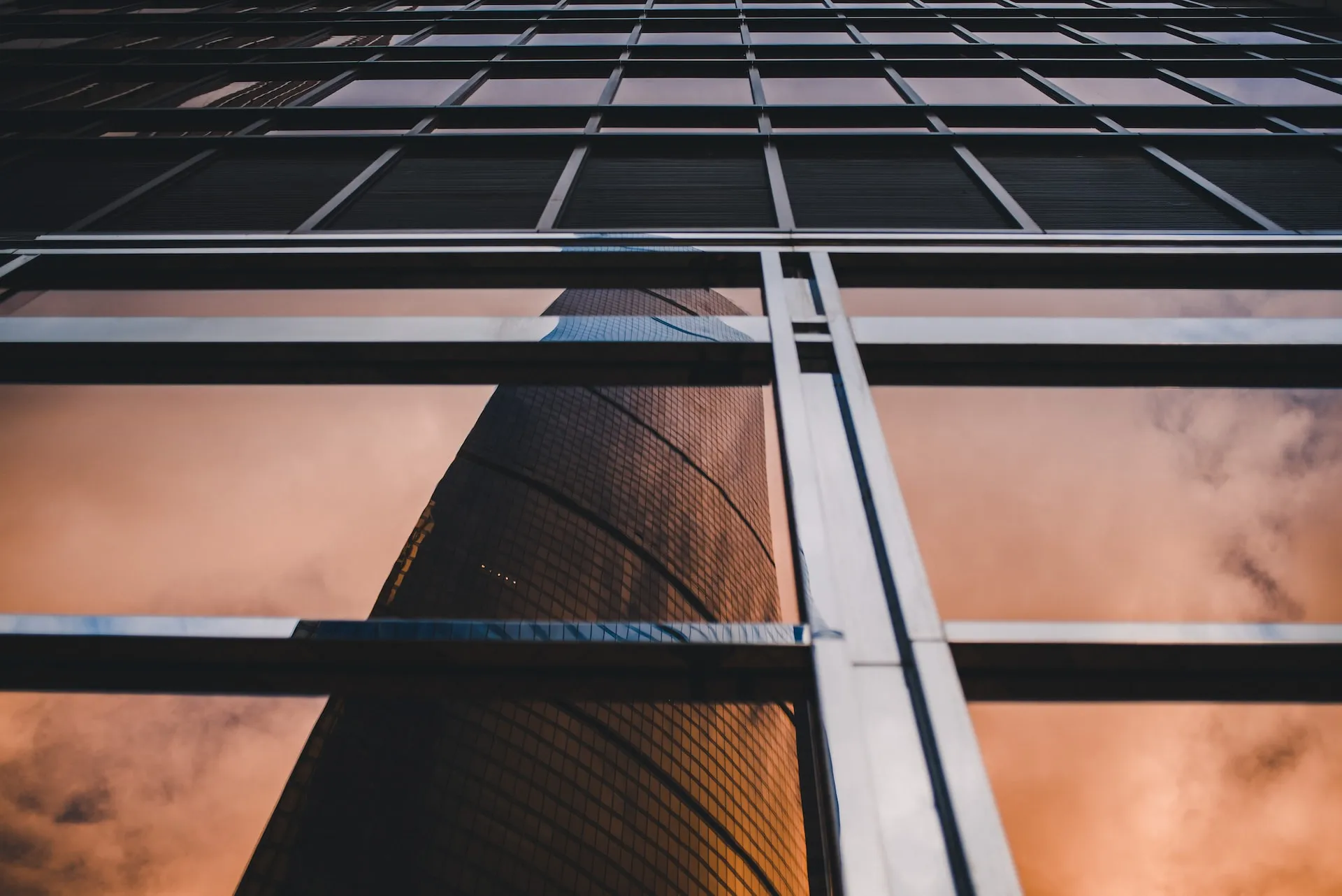
There are numerous types of night privacy window film. No matter your circumstances, there is a window film for/to fill it. Privacy at night is no different. Let’s explore the options and what may be best for you when pursuing night privacy window film for your commercial building/property.
Privacy window films, tinted window films, where do you even begin when trying to find the right privacy film for night? It isn’t as simple as it may sound. There are some complexities in the solution. Most people want to see out, even if they don’t want anyone else to see in. So, where do we start?
There are five main options for nighttime privacy. Each comes with different light-controlling properties. Let’s explore these and discover what would be the best fit for you.
One-way reflective film
One-way reflective window film gives you a view of the outside but prevents anyone from being able to look in. Hence, the name “one way” reflective window film. Anyone looking at your building from the street would only see a blacked-out window.
An important aspect of the effectiveness of this product is lighting. In order to ensure that no one can see into the building at night, you don’t want your interior lights too bright. Thus, using dimmers or little to no light at night will help maintain your privacy. Additionally, the lights outside the building need to be brighter than the lights inside the building or any passerby can still see in.
Why general reflective window film won’t work at night
While general reflective window film enhances building privacy during the day, its reflective features don’t provide much privacy at night. Before we explore the different options of general reflective window film, we want to touch more on why it won’t work at night.
First and foremost, even untreated glass reflects some light. Thus, higher levels of privacy won’t be obtained without some sort of window film. Reflective window film works by reflecting sunlight and other outdoor light like a mirror, so people walking by can see their own reflection instead of what’s in your building.
As reflective window film is translucent, the outdoors must be brighter than the inside of the room that the film is protecting. Daylight is brighter than your interior lights, which is why it works during the day. However, that’s not the case at night. Having your lights on at night negates the reflective effect, which is why people can see inside.
While there isn’t a specific window film on the market that provides both day and night privacy while being able to see out, you do have options. There are other types of window films that are available on the market that do provide privacy.
Decorative window film
Decorative window film is ideal for those that want to increase privacy, and the ability to see in or out isn’t an issue. It is different than reflective window film in the sense that reflective window film is tinted and lacks a pattern or design. In contrast, decorative window film is available in hundreds of options from frosted to gradient, and even nature scenes. It’s often installed in conference rooms or added to glass partitions that separate offices or other spaces within a work environment.
Blackout Window Film
If you need 24-hour privacy window film protection and don’t want to see in or out – ever, day or night blackout window film may be your best choice. Formally considered a type of decorative window film, it completely blocks light from coming in and out 24/7.
While most decorative window film prevents people from seeing in and out, there is still a little light that gets let in. In addition to blackout window film, Solar Art also carries whiteout window film, which has similar effects to blackout window film.
Perforated window film
If you aren’t familiar with perforated window film, it’s an opaque window film that is black on the inside with a contrasting color on the outside. The exterior effect can be brightly colored or white. Perforated window film has millimeter-scale perforations (or holes) that let light through. This creates the effect of a solid window to those outside your building while letting those inside see out. It’s a popular choice for nighttime privacy window films.
We usually see perforated window film installed on commercial spaces such as storefronts. Businesses often will have an image printed onto the perforated window film, which can advertise your brand or sales and promotions.
With perforated window film, your view outside is dim, but you can see more than people walking by can see when looking in. It’s important to note that perforated window film isn’t reflective or translucent, so the color does take precedence. Perforated window film is a great choice if you want to add a pop of color, as well as achieve privacy.
Metallic reflection window film
In order to understand the ins and outs of the best nighttime privacy window film, we need to explore the ones that don’t work as well. A lot of commercial property owners are drawn to the aesthetic of metallic reflection window film. It adds uniformity and elegance to the exterior which is very eye-catching. However, most metallic, reflective window film works in reverse when the sun goes down.
Rather than maintaining the reflective appearance from the outside when the sun shines, the interior lights reverse that mirroring effect so that the building’s occupants can’t see out. However, anyone outside has a clear view inside. Thus, any metallic reflection window film you choose should have a proven track record for night privacy before being applied to your building.
Ready for nighttime privacy?
Of course, it helps to consult an expert when it comes to installing any window film on a commercial building. This endeavor can be costly, and you want to get it right the first time. Privacy window films are no exception.
NGS is the leading window film installer and contractor in the country. We know a lot about night privacy window film and offer complimentary commercial building assessments to ensure that you are getting the most bang for your buck. Reach out today and we will get you started before the sun comes up!
Feature Photo by Aurelien Romain


